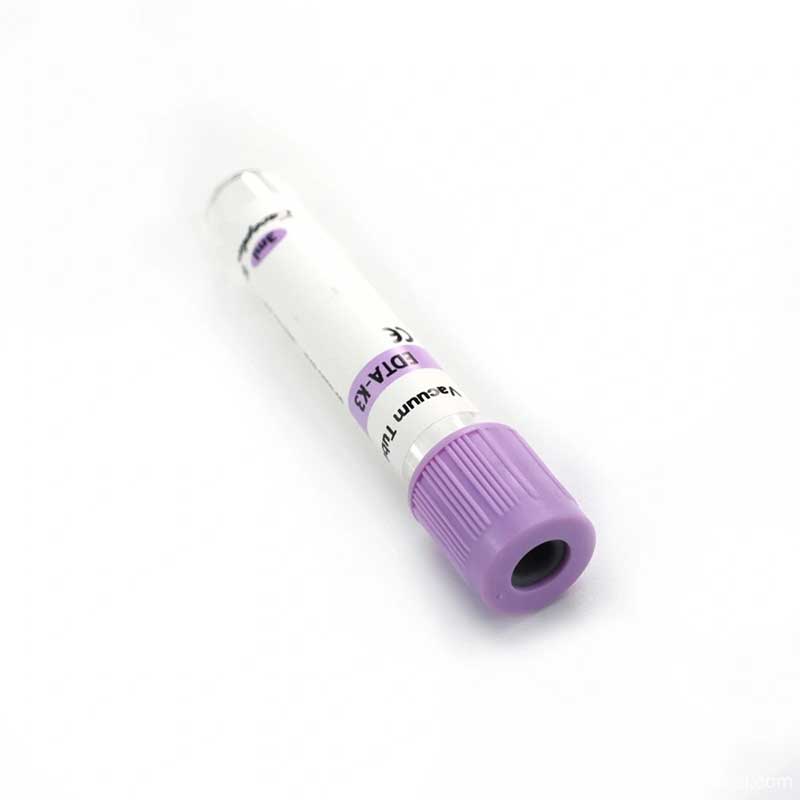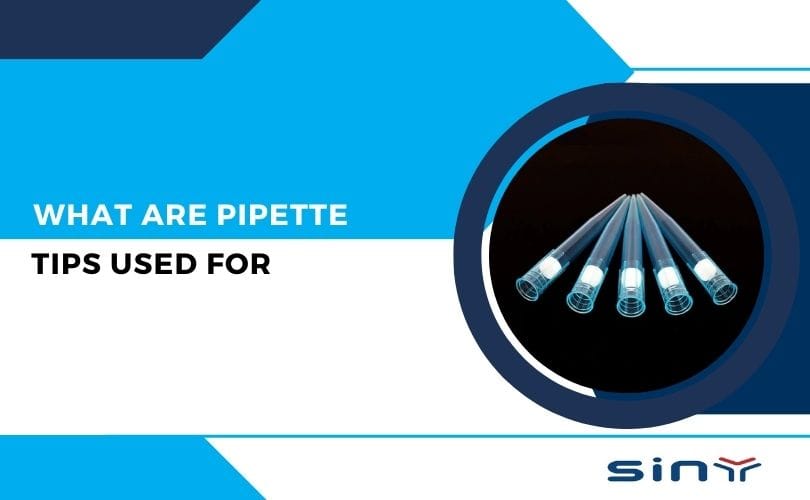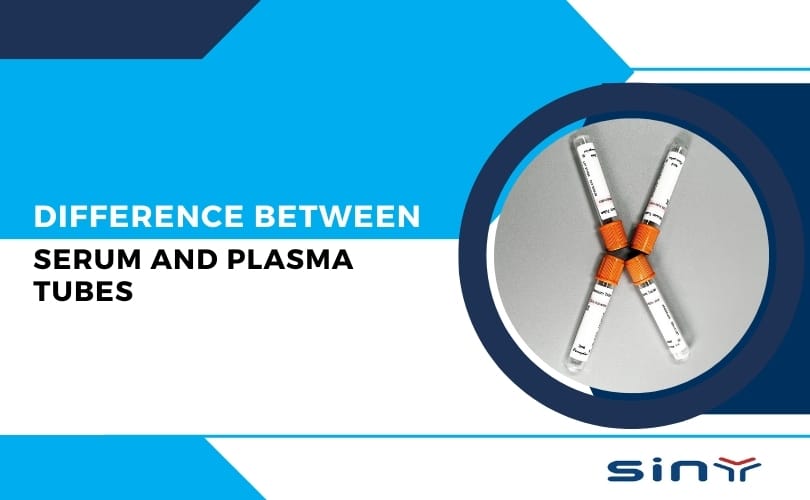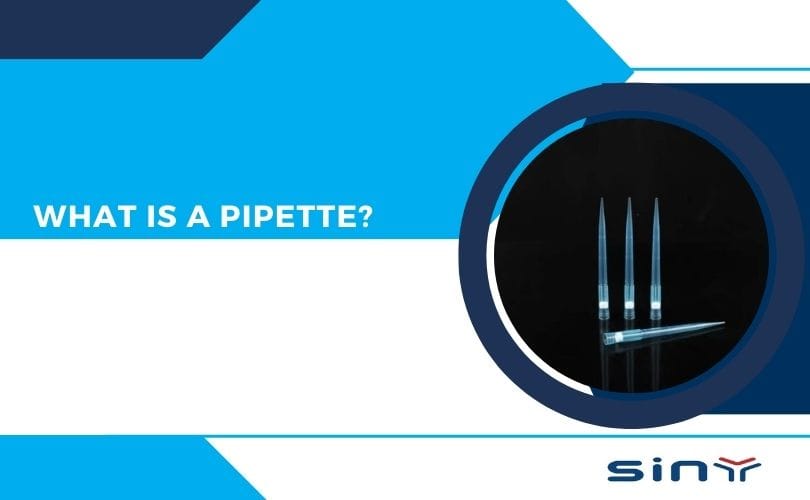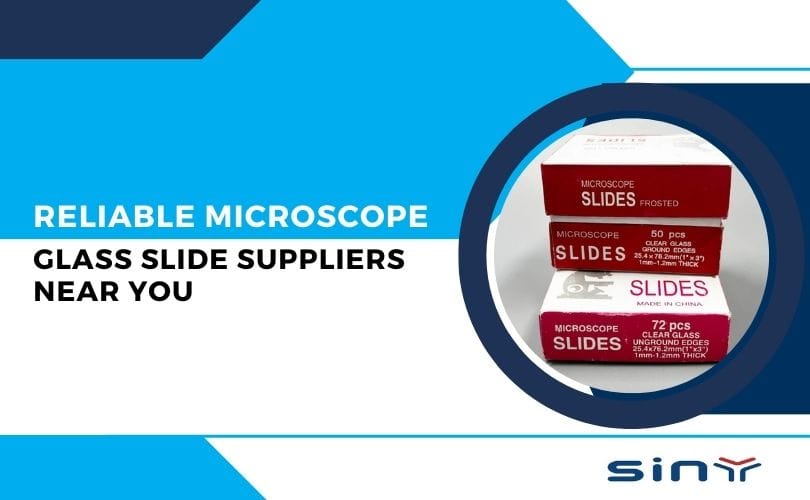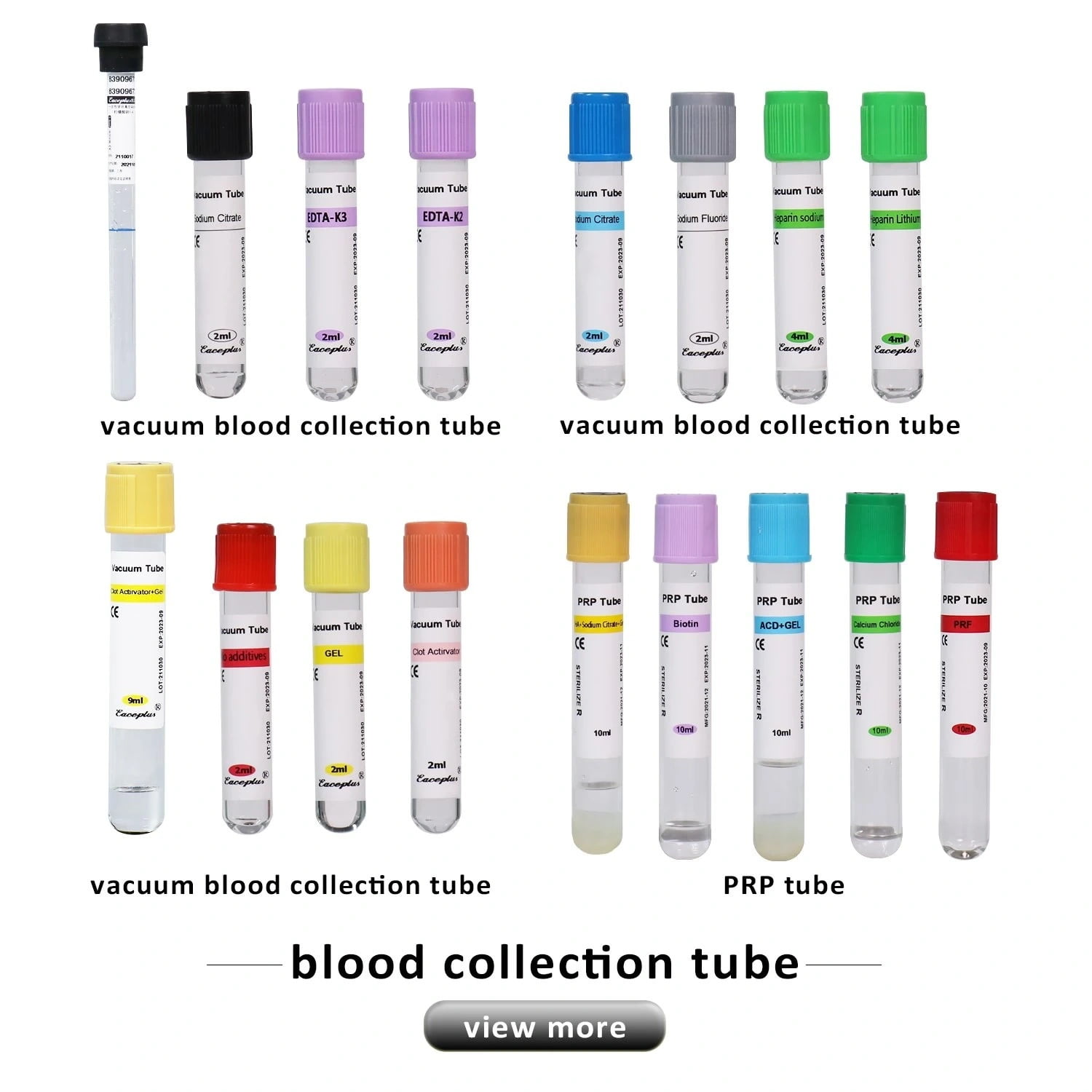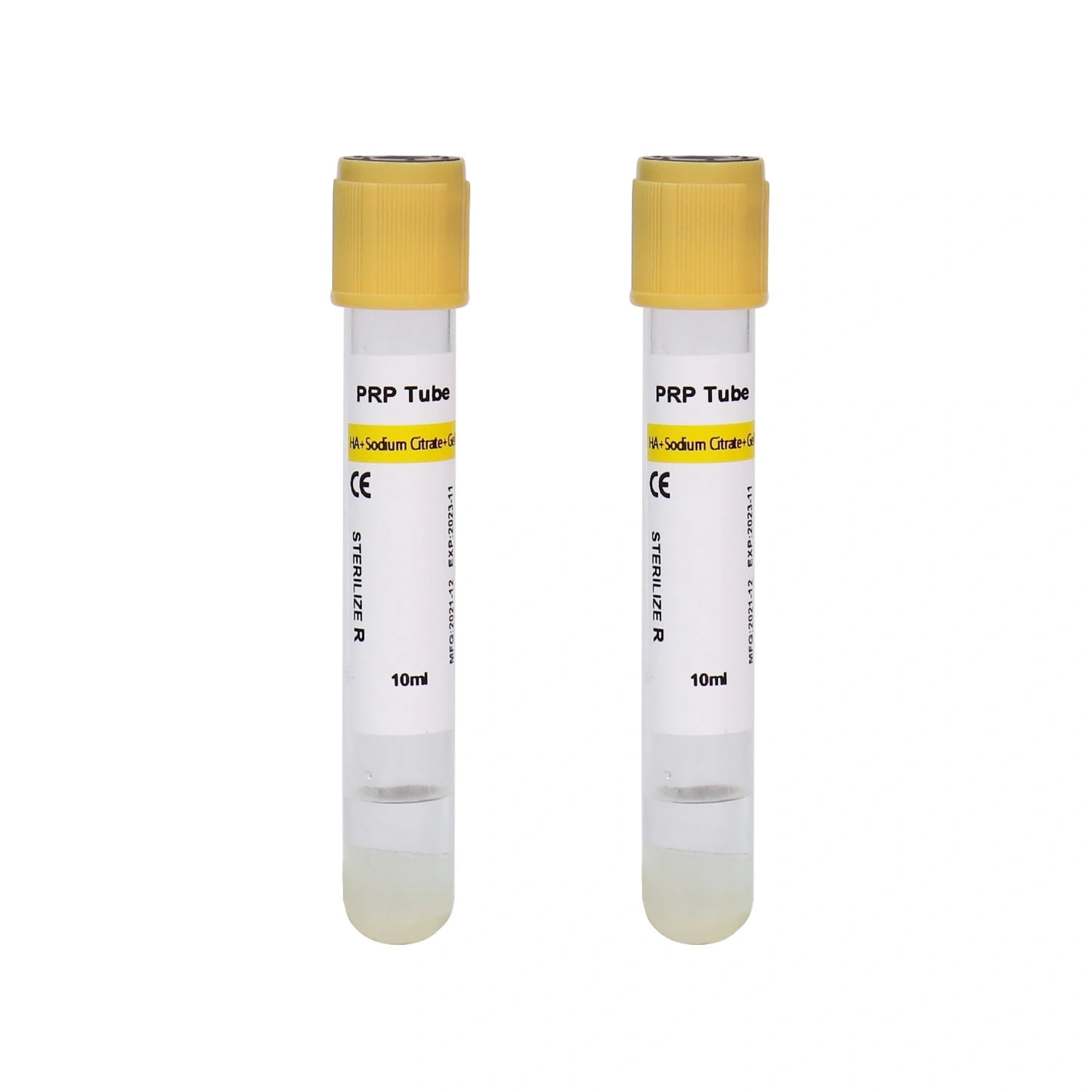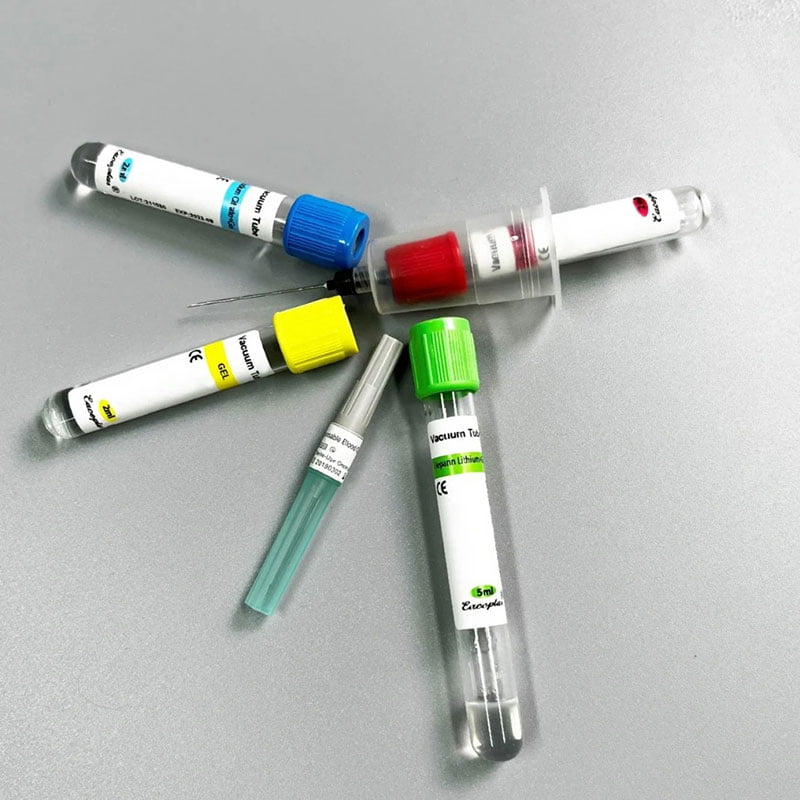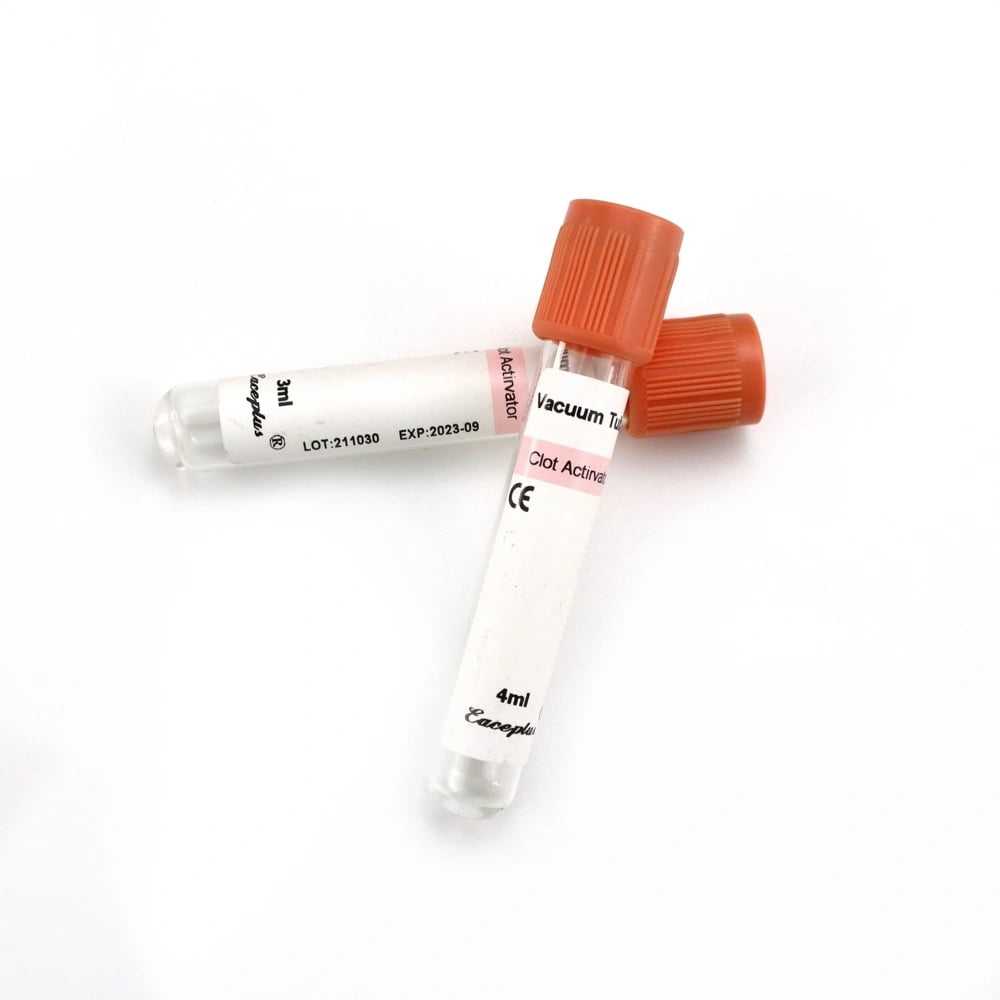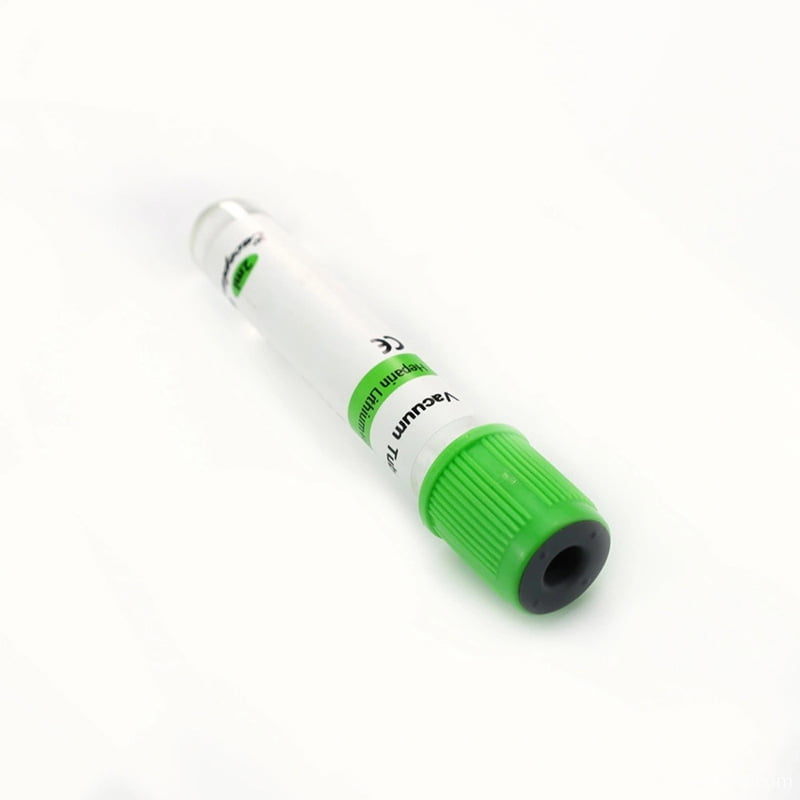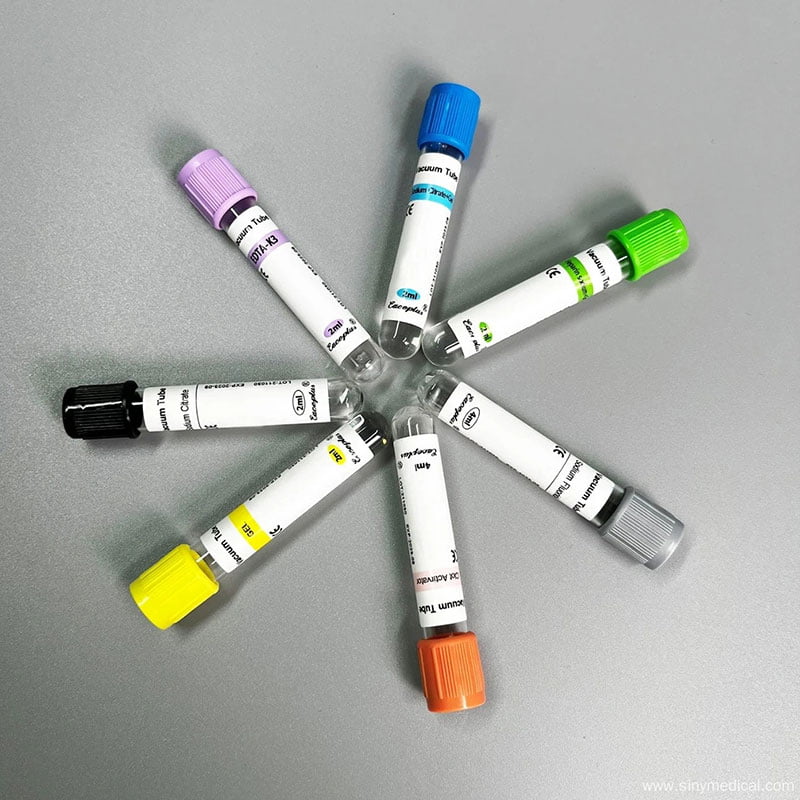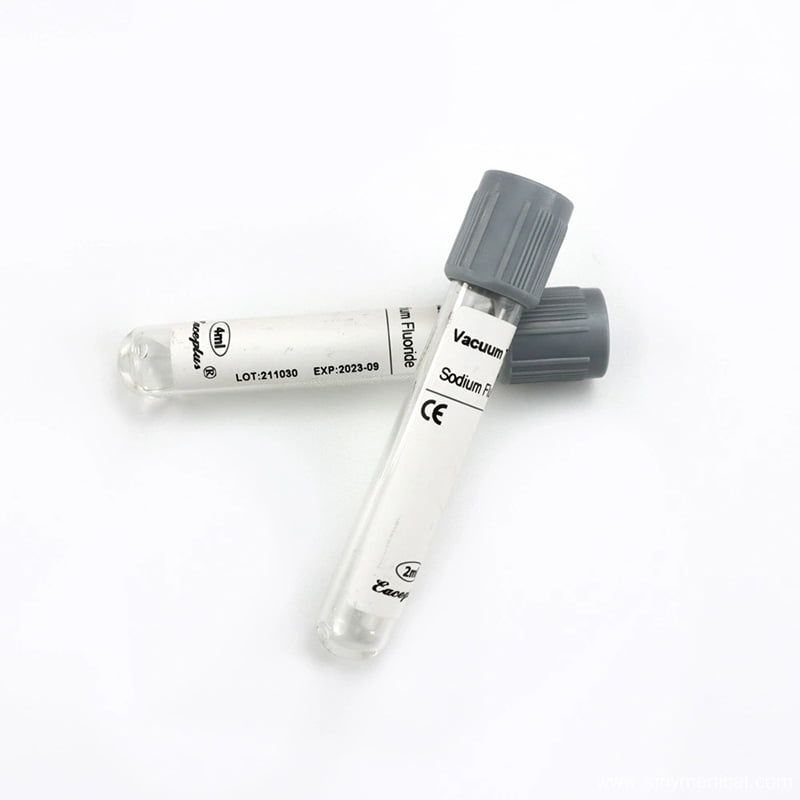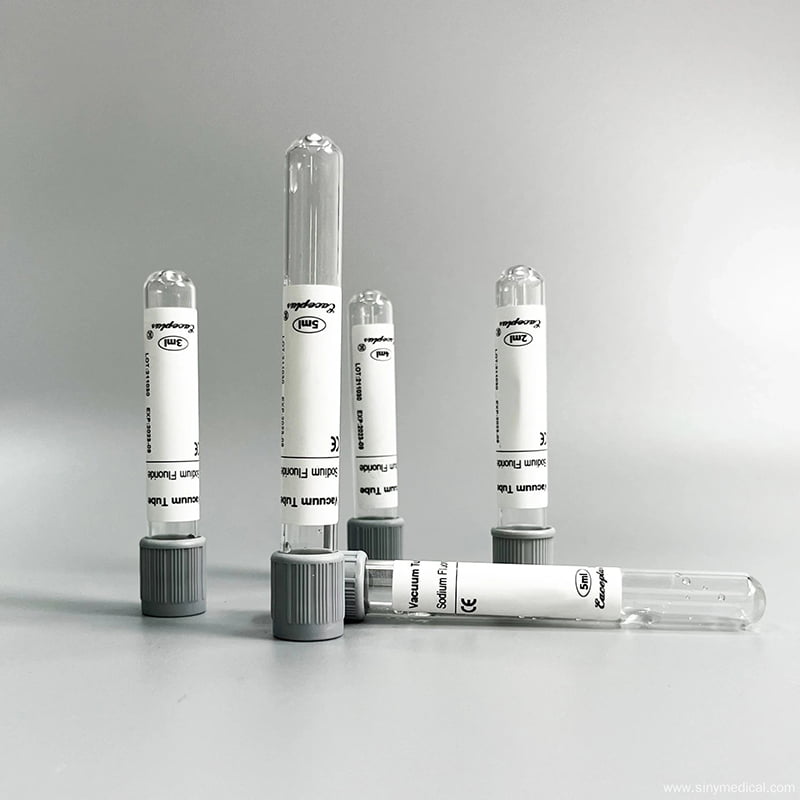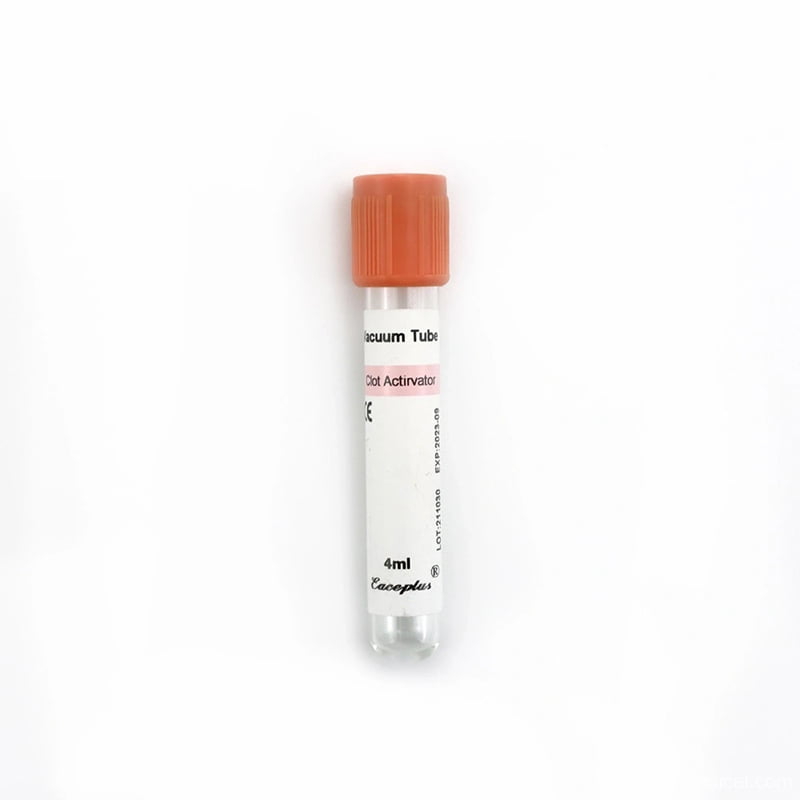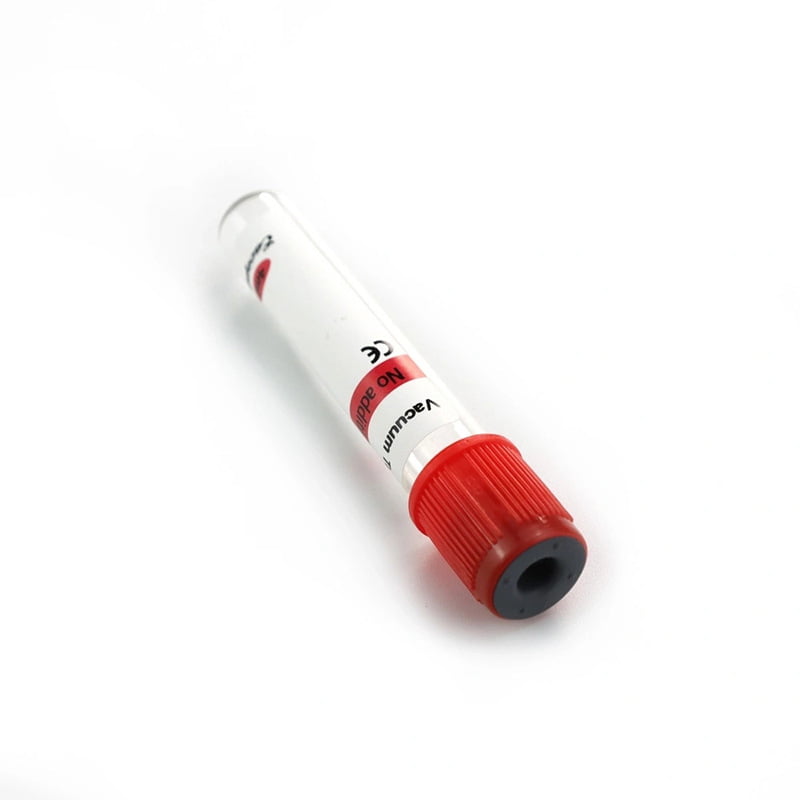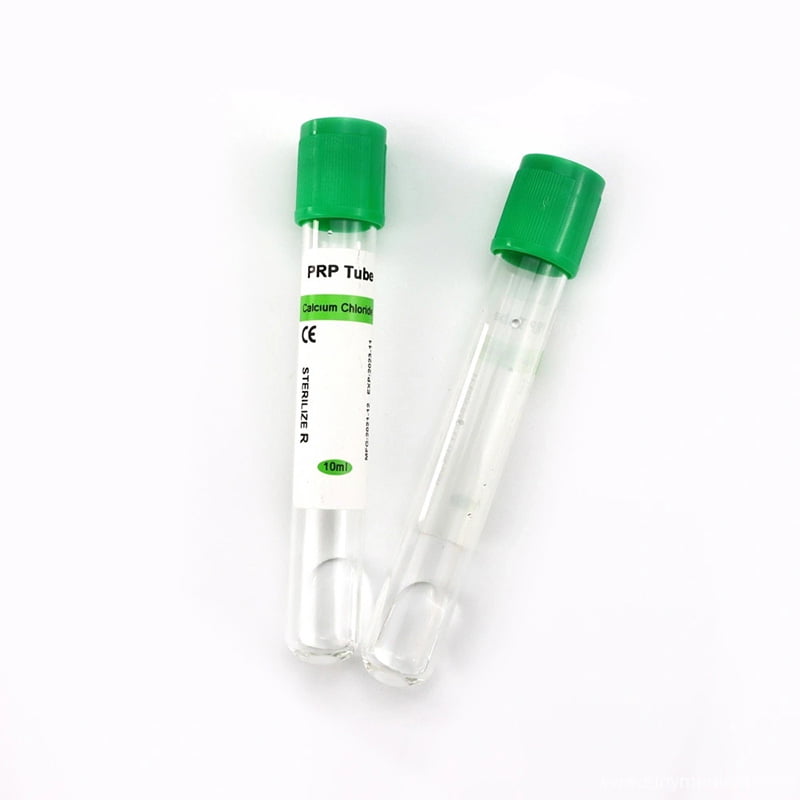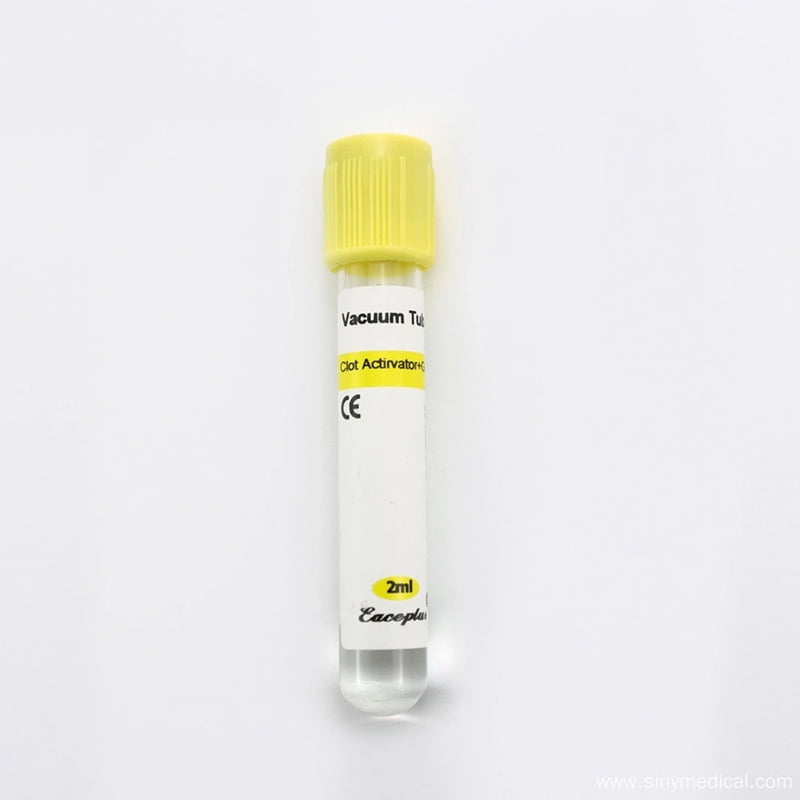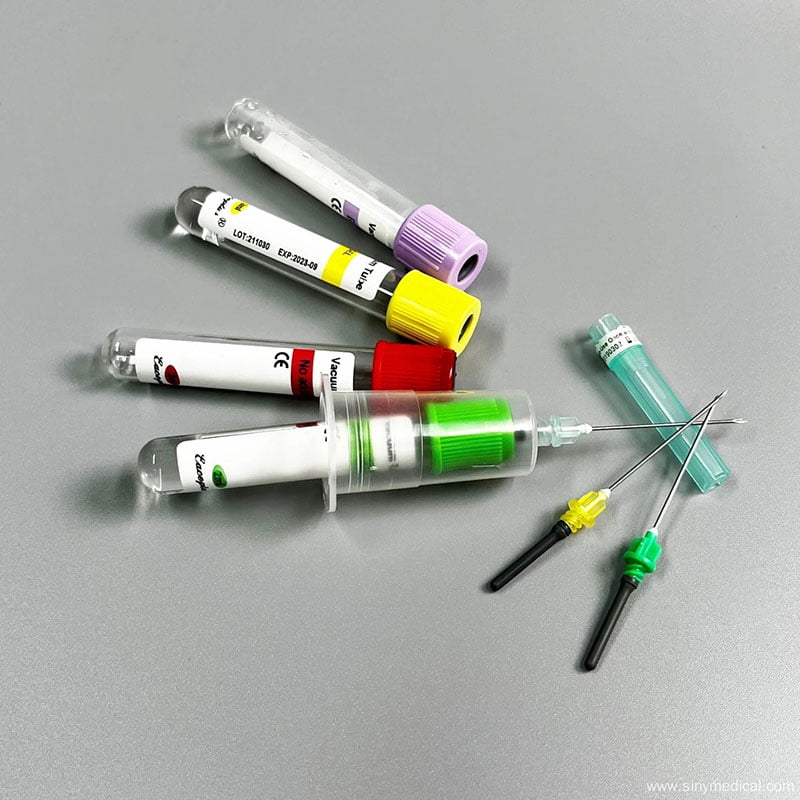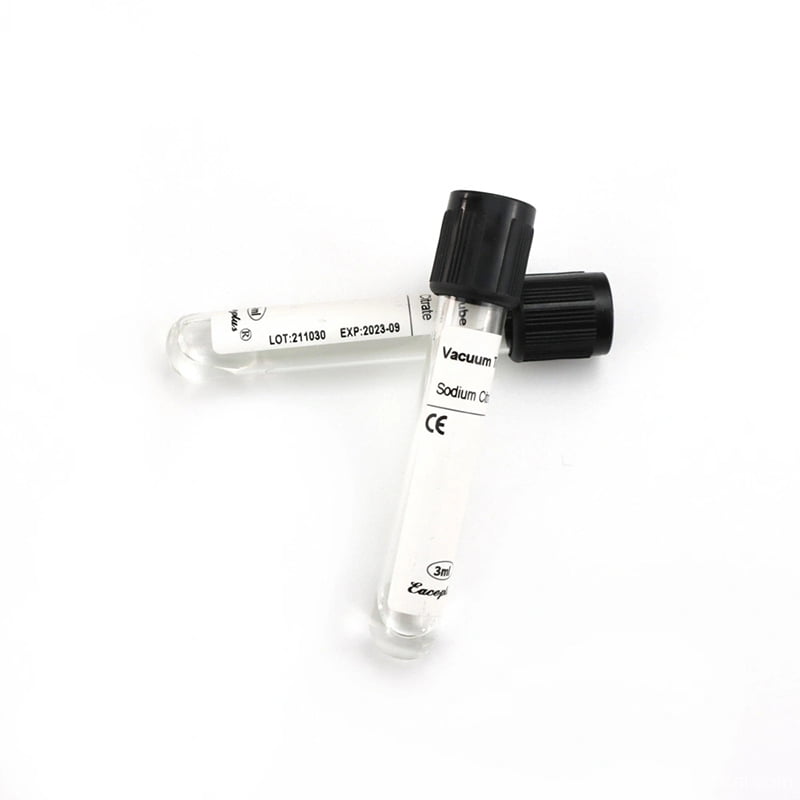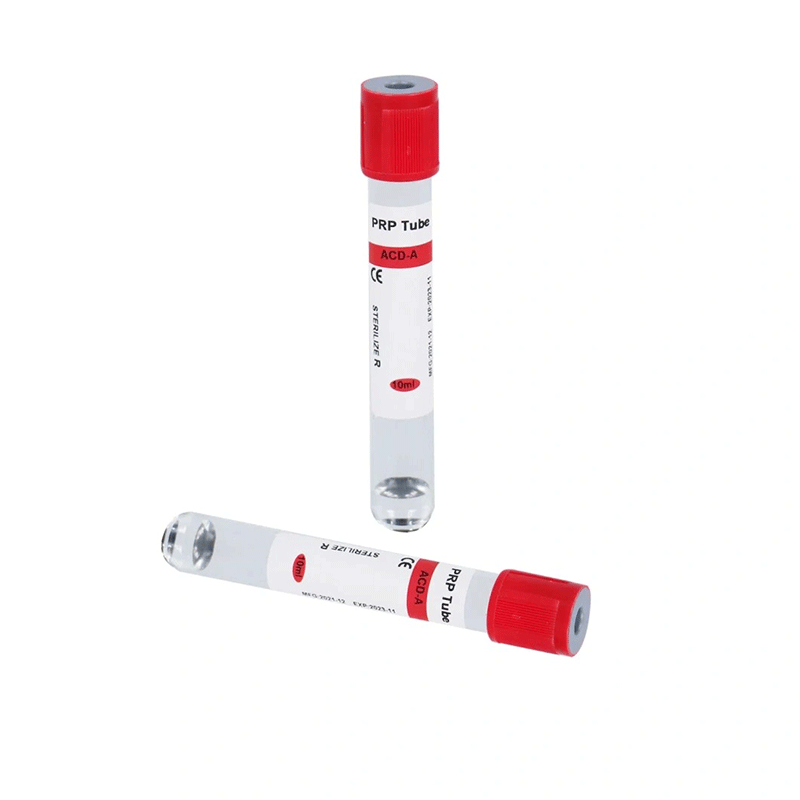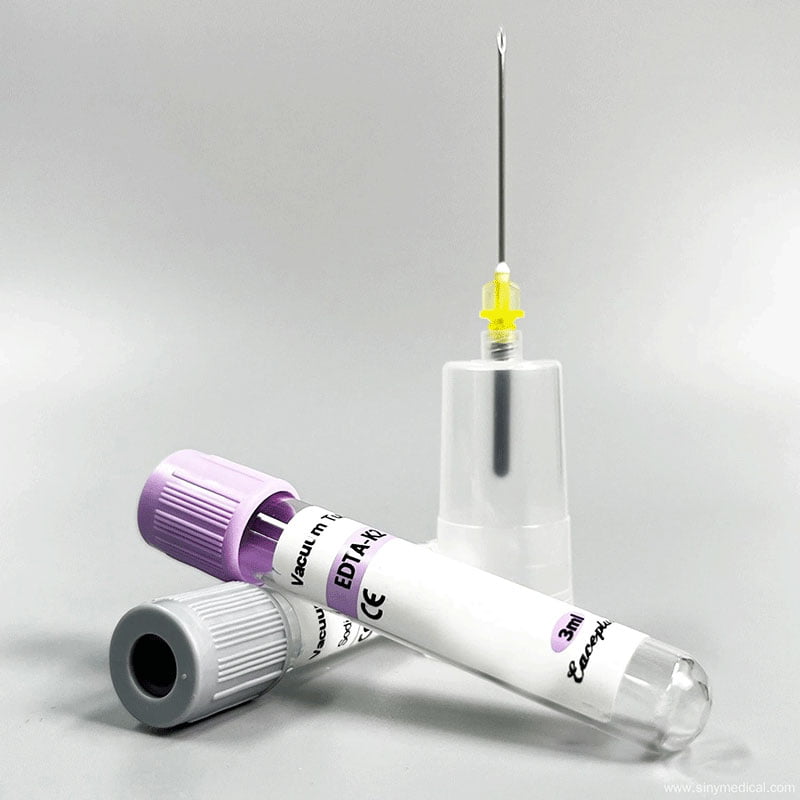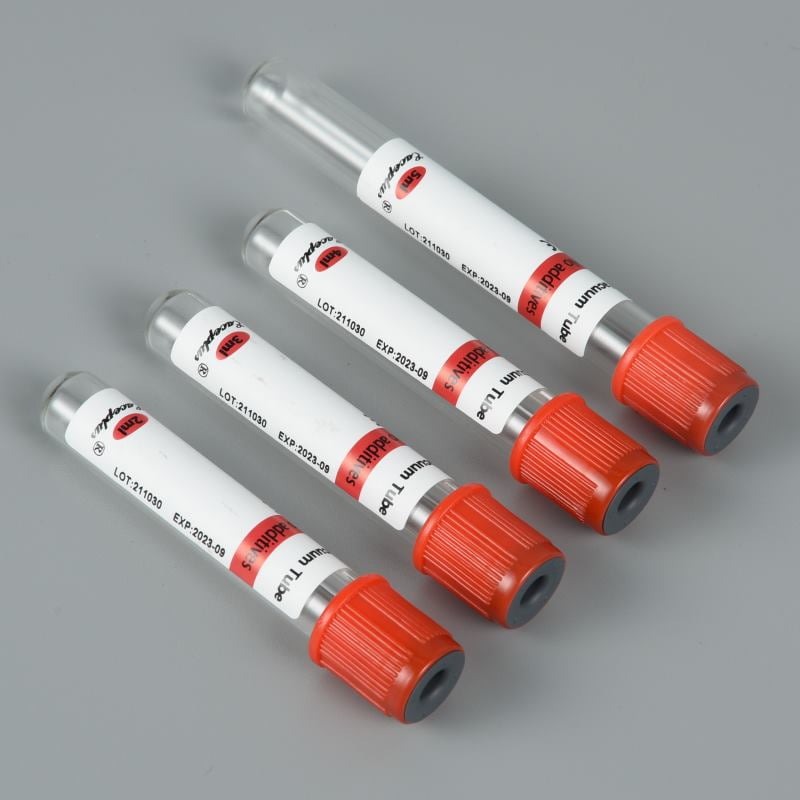Pipette tips are essential tools in laboratory settings and are widely used for precise liquid handling. This article will explore the various aspects of pipette tips, including their types, applications, benefits, and best practices for use.
Pipette tips are small, disposable attachments that fit onto pipettes, which are instruments used to measure and transfer liquids in a laboratory environment. They come in various sizes and designs to accommodate different pipetting needs.
Table of Contents
What Are Pipette Tips Used For?
If you’ve ever stepped into a lab, you’ve probably noticed small plastic attachments on pipettes called pipette tips. These seemingly simple tools play a huge role in ensuring accuracy, precision, and contamination-free experiments.
What Are Pipette Tips?
Pipette tips are disposable, cone-shaped attachments designed to fit onto pipettes, which are tools used to transfer small volumes of liquid. They come in various sizes, materials, and designs to accommodate different volumes and applications. Pipette tips ensure that liquid handling is accurate, controlled, and free from cross-contamination.
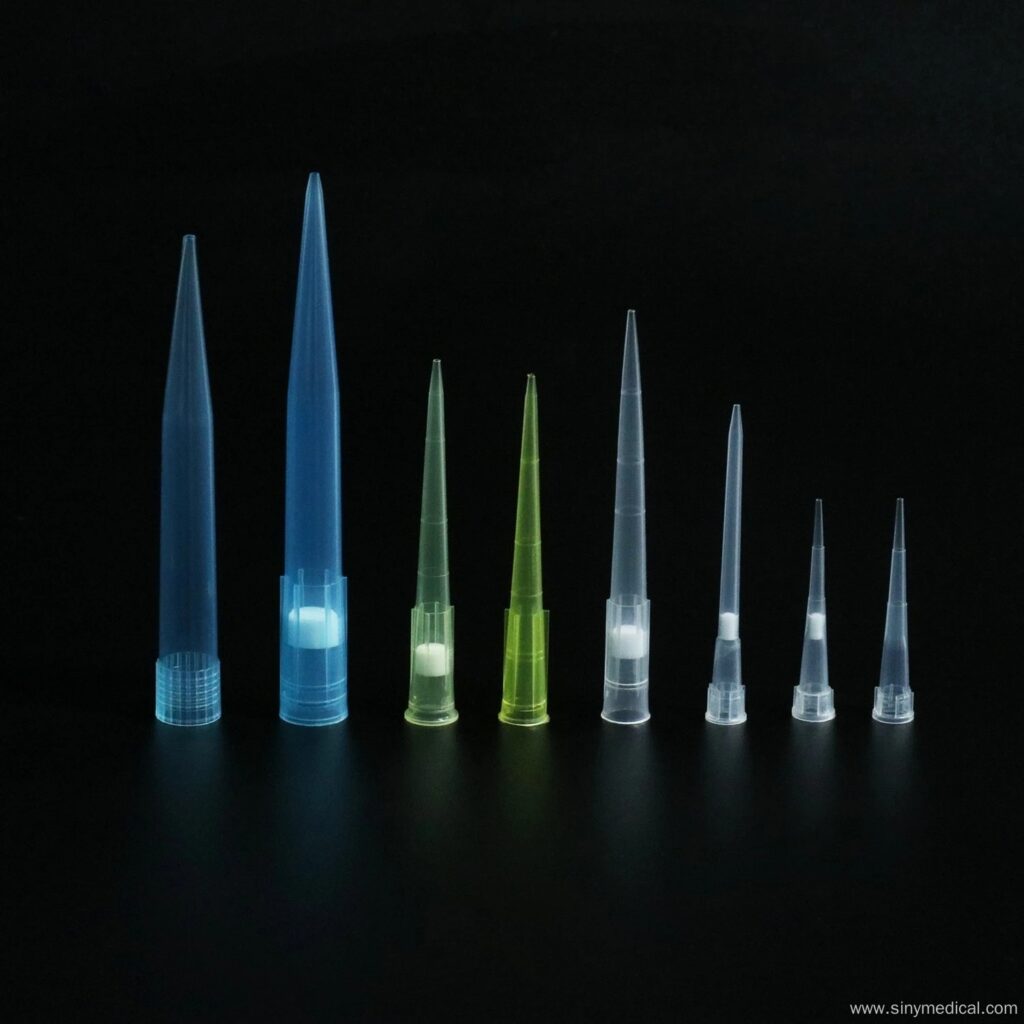
Main Uses of Pipette Tips
Precise Liquid Transfer:
Pipette tip allow researchers and technicians to measure and transfer liquids with pinpoint accuracy. Whether it’s microliters of DNA solution or reagents for chemical reactions, precision is non-negotiable in labs.
Preventing Cross-Contamination:
Disposable pipette tip are single-use, reducing the risk of cross-contamination between experiments. This is particularly important when working with biological samples, chemicals, or hazardous materials.
Handling Volatile or Sensitive Samples:
For delicate samples like RNA, proteins, or enzymes, pipette tip ensure minimal loss or contamination, which could otherwise compromise results.
Aerosol Prevention with Filtered Tips:
Filtered pipette tip are designed to prevent aerosol contamination, protecting both the pipette and the sample. This feature is essential for applications like PCR (Polymerase Chain Reaction) or microbiological work, where sterility is critical.
Flexible Applications in Research and Diagnostics:
- Pipette tips are widely used in various fields, including:
- Medical Diagnostics: For preparing patient samples and reagents in clinical tests.
- Molecular Biology: During DNA/RNA extractions, sequencing, or cloning experiments.
- Pharmaceutical Research: For drug discovery and formulation testing.
- Environmental Studies: In water and soil testing for contaminants or microorganisms.
Why Filtered Pipette Tips Are Essential
Filtered pipette tips feature a specialized barrier, typically made of hydrophobic material, that prevents liquids or aerosols from entering. Here’s why they’re indispensable in specific scenarios:
- Prevention of Contamination: The filter acts as a shield, protecting both the sample and the equipment.
- Ideal for Sensitive Work: Critical for work involving infectious agents, enzymes, or nucleic acids.
- Prolong Pipette Life: Keeps the internal components of pipettes clean and free from buildup or damage caused by liquid ingress.
Filtered tips are particularly valuable in PCR setups, microbiology labs, and any work requiring sterile conditions.
Types of Pipette Tips
Pipette tip can be classified into several categories based on their design and intended use:
Standard Pipette Tip
These are the most commonly used tips designed for general liquid transfer tasks. They come in various sizes to fit different pipette models and are suitable for a wide range of applications.
Filtered Pipette Tip
Filtered tip contain a built-in filter that prevents aerosols and contaminants from entering the pipette. This feature is significant when working with volatile or hazardous substances, as it protects both the sample and the pipette mechanism.
Low-Retention Pipette Tips
Manufacturers design low-adsorption pipette tip with a special surface coating that minimizes liquid adhesion. This feature ensures that users dispense more of the liquid, making these tips ideal for working with viscous or high-value samples.
Wide-Bore Pipette Tips
Wide-bore tips have a larger diameter than standard tips, allowing for the transfer of larger particles or viscous liquids without clogging. These tips are often used in cell culture applications or when handling large volumes.
Specialty Pipette Tip
Certain pipette tip are specifically designed for applications like PCR (Polymerase Chain Reaction) or cell culture. These specialty tips may have unique features tailored to enhance performance in particular experiments.
Best Practices When Using Pipette Tips
To get the most out of your pipette tips, follow these best practices:
- Choose the Right Size: Ensure the tip matches the volume you’re working with to avoid inaccuracies.
- Use Filtered Tips for Sensitive Applications: They’re worth the extra investment when working with critical samples.
- Discard Tips After Each Use: Reusing tips increases the risk of cross-contamination.
- Ensure Proper Fit: Tip should fit securely onto the pipette without wobbling or leakage.
Why Quality Matters
Not all pipette tips are created equal. High-quality tips, like those offered by manufacturers such as Siny Medical, provide better precision, durability, and sterility. Investing in reliable tips ensures consistent results and reduces the risk of experiment failure due to equipment issues.
Final Thoughts
Pipette tips with filter might seem like small and simple tools, but their role in laboratories is enormous. From ensuring accurate liquid transfer to preventing contamination, they are indispensable in modern scientific and medical research. Filtered pipette tip, in particular, have revolutionized lab work by offering unmatched precision and sterility.
Ready to upgrade your lab tools? Check out Siny Medical’s Pipette Tip with Filter for top-quality options designed for reliability and performance.
FAQs
What are pipette tips made of?
Most manufacturers make pipette tips from medical-grade polypropylene, a durable and inert plastic material.
Can I reuse pipette tip?
Reusing pipette tip generally poses a risk of cross-contamination and can compromise results.
How do I know if I need filtered pipette tip?
If your work involves sensitive or volatile samples or if contamination prevention is critical, filtered tips are a must.
What volume can the pipette tip handle?
Pipette tip are available for a wide range of volumes, from as little as 0.1 µL to several milliliters, depending on the application.
Why do some tips have low-retention properties?
Low-retention tips prevent liquid from sticking to the walls, ensuring the precise delivery of the measured volume.
You May Also Read
If you enjoyed this article, please subscribe to our YouTube channel. We provide product video tutorials. You can also follow us on Instagram and Facebook to stay up to date with new updates, news and special deals.

